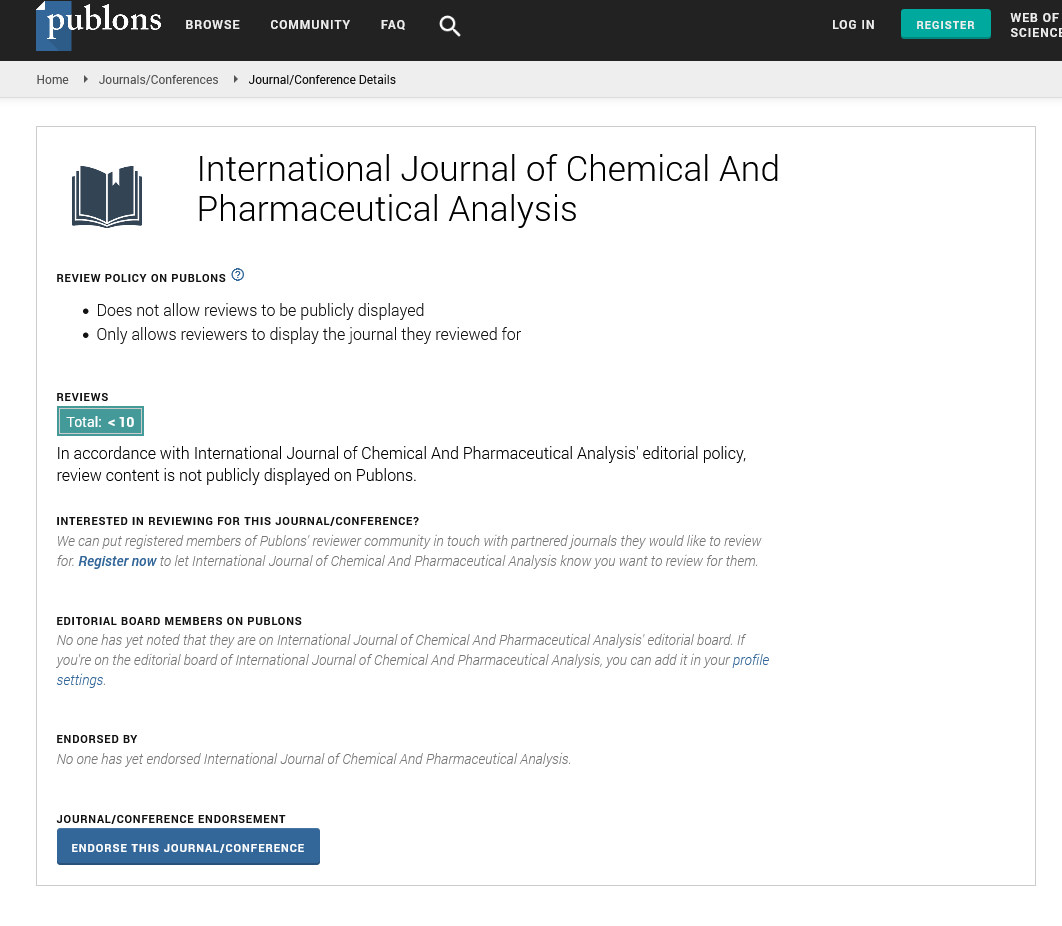Abstract
Author(s): Subrahmanya Padyana, Ashalatha.M, Radhakrishna Rao, Soumya Saraswathi
Uvaria narum (Dunal) Wall. belongs to the family Annonaceae which is a successful ethnomedicinal plant in skin disease, particularly in Pityriasis, commonly used by the ethnomedical practitioners of the Kalanjimale range in Dakshina Kannada(D.K) District of Karnataka state. Hence to explore its identity, the pharmacognostical study of the root of the plant Uvaria narum (Dunal) Wall. was undertaken. Thetransverse section of root shows the cortex, interrupted by some secretory cells containing granular reddish brown essential oil and resin, patches of secondary phloem and thick walled lignified cells. Medullary rays are 3-6 layered and are filled with starch grains. Starch grains and calcium oxalate crystals are found in the cortex. Powder microscopy shows the presence of fragments of sclerenchyma fibres, scalariform and pitted vessels.




